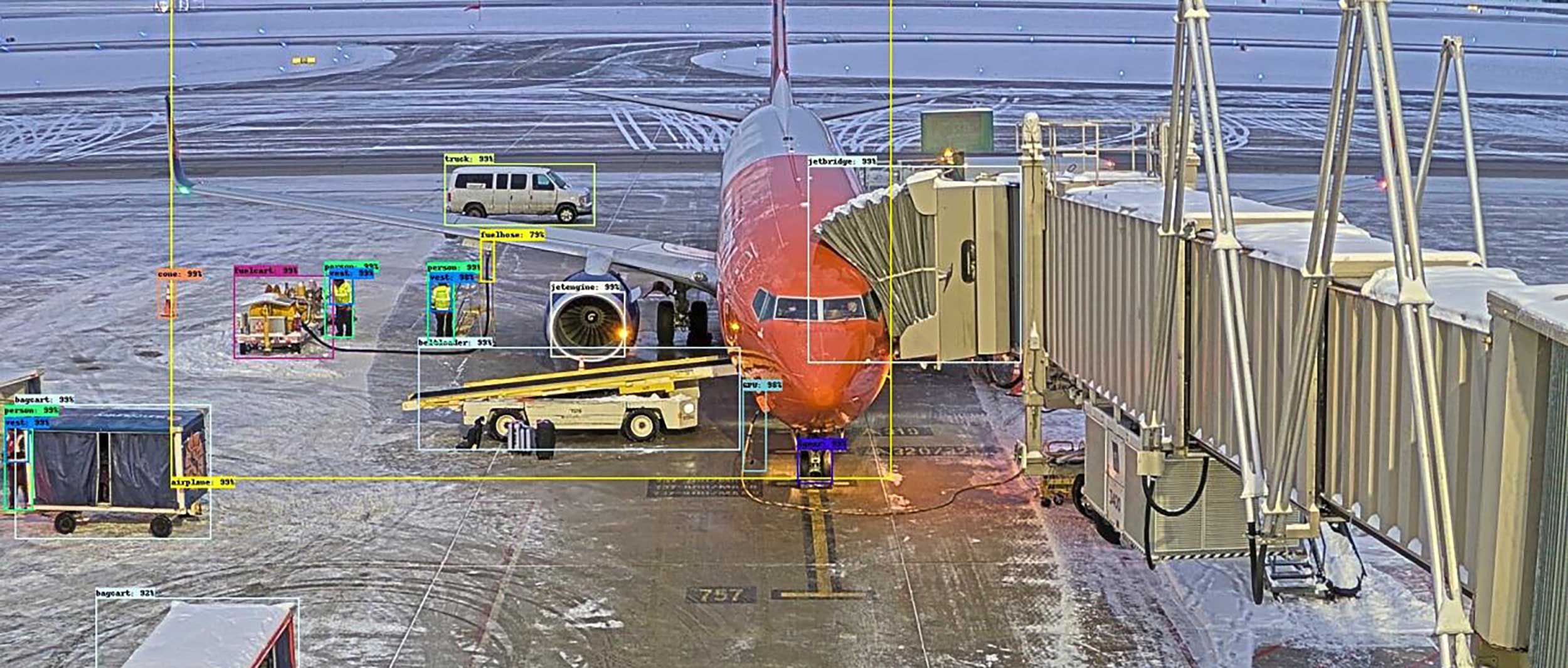Operating a Passenger Loading Bridge (PLB) at an airport during snowy conditions presents several unique challenges for the operator. Although many modern PLBs are equipped with sensors that monitor the position of the bridge, a significant portion of older airports or terminals still use traditional PLBs without sophisticated sensor systems. These older systems may rely on manual checks or basic mechanical systems to ensure proper retraction or deployment of the bridge.
Hence, operating a Passenger Loading Bridge (PLB) requires manual procedures and vigilance from the ground crew to ensure the PLB is fully retracted from the safety envelope on the tarmac. The most common method of verifying when a PLB is fully retracted is through direct observation by ground personnel. A PLB positioned within the safety envelope could potentially collide with the aircraft or other ground equipment, causing physical damage. For example, if the PLB is too close to the aircraft’s body or wings, accidental contact could occur during the arrival or departure process, leading to expensive repairs or delays. Ground crew operators monitor the retraction process, checking for key visual indicators that help assess when the bridge has moved to its fully retracted position and clear of the aircraft for pushback.
However, snowy weather introduces several significant risks, primarily due to reduced visibility and the challenges of determining when the bridge is fully retracted. Snow can obscure the visual indicators that are typically used to monitor the position of the bridge making it difficult to safely and accurately perform these checks. Visual markers or indicators on the PLB or tarmac could be covered by snow, making it hard to assess whether the bridge is correctly aligned. This makes it difficult for the operator to evaluate the surrounding environment clearly, which is critical to maintaining safe and efficient operations.

These risks, however, can be mitigated using Ai powered computer vision. Ai technology can improve the accuracy, efficiency, and safety of the bridge’s operation, even in challenging conditions like snow or low visibility. By leveraging high-resolution cameras, real-time image processing and Ai algorithms, the PLB operator can better understand the distance and positioning of the aircraft and other objects, even in adverse conditions. Ai detection of the PLB position complements human judgement reducing the risk of incursion during arrivals.
Furthermore, the Ai system can also help prevent accidents by detecting and responding to potential hazards in real-time. If an unsafe situation arises, such as a PLB inside the safety envelope prior to an aircraft arrival, the system can alert the operator and ground personnel to take precautionary measures immediately. These data-driven insights can help decision makers react swiftly.
By integrating AI technologies into the operation of Passenger Loading Bridges at airports, operators can improve visibility and enhance overall safety and efficiency. AI systems can offer real-time analysis of environmental conditions, optimize operations for better performance in snowy weather, and ensure safer interactions between the PLB, aircraft, and ground personnel. The combination of reduced visibility, icy tarmacs, and the need for a safe, efficient and regulatory-compliant environment makes Ai an invaluable tool for a smoother, more resilient winter operation.

